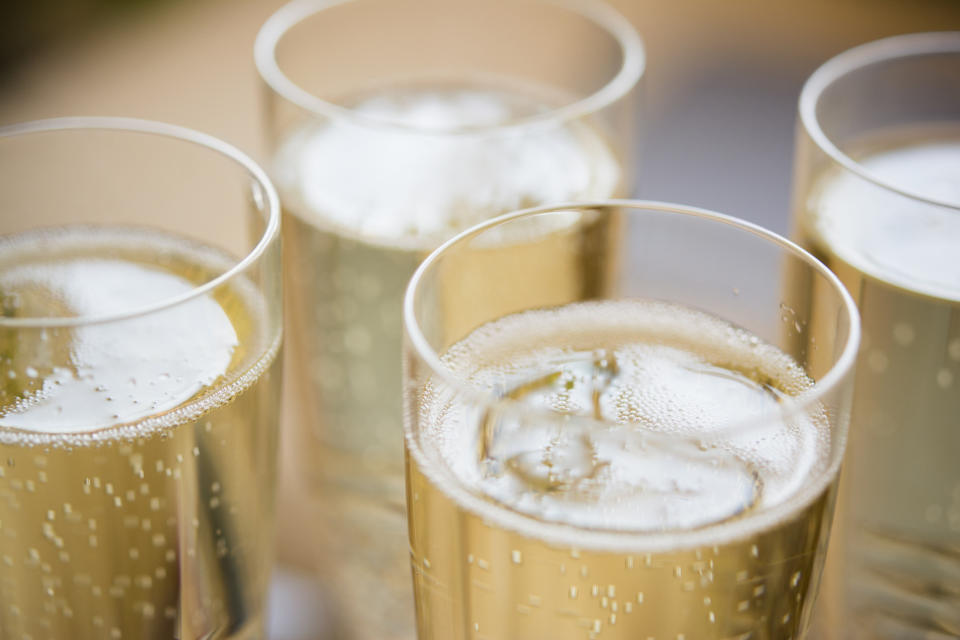Here's why it's hard to tell how good your champagne is if it's out of a plastic cup

Scientists have found a way to see whether the sound of champagne bubbles can shed some light on its quality – but not if it’s in a plastic cup.
Investigators from the Applied Research Laboratories at the University of Texas at Austin studied the sounds that champagne bubbles make to see what they could learn from them.
Kyle Spratt, one of the team, said: “The point of the project is to study the sounds that champagne bubbles make, and to see what we can infer about the bubbles from the sounds that they make.
“Bubbles are very resonant. They basically ring like bells, and the frequency of that ringing depends in part on the size of the bubbles.
“There is a well-known notion that the quality of a sparkling wine is correlated to the size of its bubbles, and we are investigating whether the bubble size distribution of a sparkling wine can be obtained from simple acoustical measurements.”

They used a hydrophone to record the underwater sound of the bubbles but during their research found they could be significantly altered if you quaff your champers out of a styrofoam cup.
“When we came across the idea that bubbles play an important role in the quality of a sparkling wine, our first instinct was to drop a hydrophone into a glass and see what kind of sound we can hear,” he said.
Most popular on Yahoo News UK
Two men in court over alleged foiled plot to assassinate Theresa May
Jamie Skinner jailed for life for murdering father-of-five at Plymouth railway station
Muslim school in Staffordshire failed to provide soap, toilet roll or drinking water to pupils
Love at first light: Woman gets engaged to a chandelier
Hundreds of Isis fighters may be heading to Europe after being smuggled out of Raqqa
And while the design of a traditional champagne flute has its own effect on bubble formation, so does plastic, they found.
“It turns out the bubble formation process on Styrofoam is completely different than on glass,” added Spratt. “So, if you ever have to resort to drinking champagne out of a Styrofoam cup, the bubbles will be quite different.”
The team, who presented their research during the 174th Meeting of the Acoustical Society of America in New Orleans, said their work could be useful for testing the quality of sparkling wines and other carbonated drinks.
“The direct application would be as a simple tool that could be used to monitor the bubble size distribution in sparkling wines,” Spratt said.



